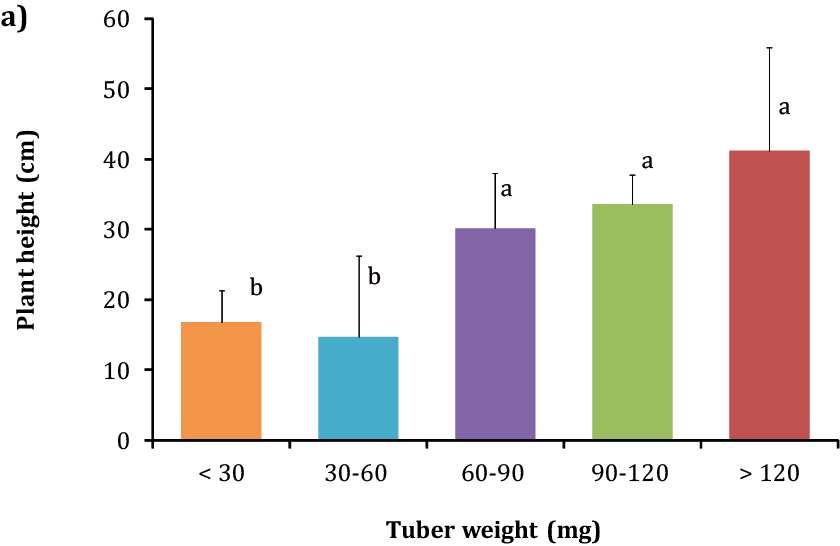Growth of Stuckenia pectinata under greenhouse and irrigation canal conditions in the lower valley of the Colorado River (Argentina)
Keywords:
sago pondweed, tubers, freezing, burial depth, growth cycle, lower valley of Colorado RiverAbstract
Stuckenia pectinata is an invasive submerged weed in the irrigation district in the lower valley of the Colorado River, Argentina. The objective of this study was to analyze the initial growth of S. pectinata from tubers, and its annual growth cycle in irrigation canals, in order to be efficient in adapting future control techniques. Tubers were planted in aquaria in order to evaluate the effect of their size, depth of burial and below zero temperatures on the initial growth. Under field conditions, samples of plants were collected from two irrigation canals, from October to March, in two complete growth cycles. Plant height and biomass of the leaves, stems and spikes were measured. The largest tubers were able to emerge from deep burial and generated larger plants than the smallest tubers. Frozen tubers did not germinate at any burial depths. Maximum biomass in the irrigation canal reached 1660 g DM m-2 with a peak at the beginning of summer. The elimination of biomass at the end of the irrigation season would result in small tubers that would die in the winter time. The information generated could lead to more appropriate and sustainable control.

Downloads
Published
Issue
Section
License
Aquellos autores/as que tengan publicaciones con esta revista, aceptan las Políticas Editoriales.


